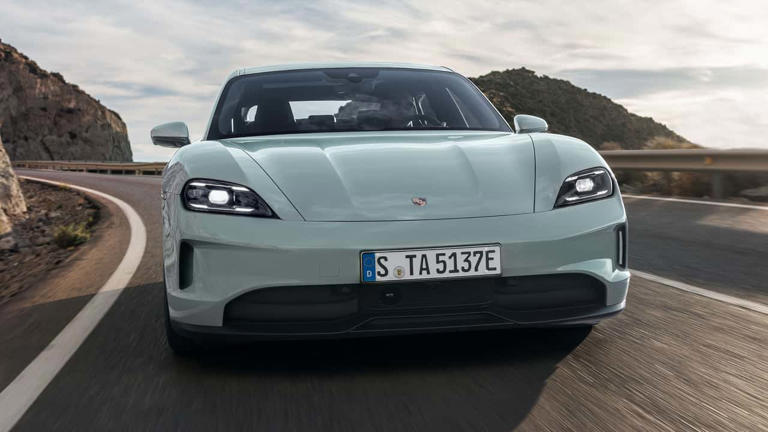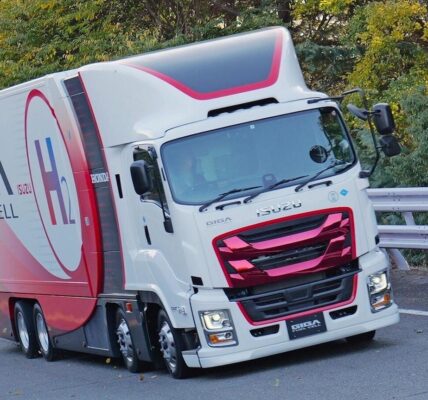If you want to understand the current state of electric vehicles, just look at General Motors and Mercedes-Benz. EV sales were up for the American automaker, with the new Equinox EV accounting for nearly a third of GM’s Q3 EV sales.
Blazer EV sales were also up, and a cheaper Silverado EV and a new Bolt are still on the way.Mercedes wasn’t as lucky, with the automaker witnessing the sales for its three EVs—the EQB, the EQE, and the EQS—fall by 42 percent from Q3 2023 to Q3 2024.
The Porsche Taycan faced a similar beating over the first nine months of the year, with sales down 50 percent globally for the model. This year, they have fallen from 5,212 to 3,394 in the US. Despite all that, EV sales grew 11 percent last quarter in America compared to the previous year, with an estimated 346,309 EVs sold, according to Cox Automotive.
They rose 5 percent from Q2 to Q3 and accounted for a record-high 8.9 percent of new car sales last quarter.Top Videos:Automakers offering more affordable models has helped boost sales, but so have cheap leases and higher-than-average incentives—12.29 percent of the average EV transaction price versus 7.1 percent for the rest of the industry.
Cox Automotive also pointed to the “leasing loophole” that gives customers more government incentives to lease rather than outright buy, causing lease rates for electric vehicles to react as you’d expect. According to the publication’s data, leases made up 42.7 percent of EV sales as of July 2024 after starting a steady rise in early 2023. That’s nearly double the industry average of 22 percent.Buyers can still find plenty of good lease deals right now. Some are as low as $99 a month with a few thousand dollars down.
The down payments aren’t cheap, but the math still works out to well below the average monthly new car payment—averaging over $700. The price is a huge motivator for people, especially those less certain about EV technology who want to test it without the commitment.
The growing market of EVs, including more affordable models, has led to two of the poorest states leading the country in EV adoption. According to a recent iSeeCars study, Arkansas is the number two for growth over the last five years, with EVs accounting for 5.6 percent of the state’s market share. Louisiana was number three, though EVs only make up 0.8 percent of the market there. But it’s growing.
Those who buy an EV outright will likely face a lower resale value as these leases return to dealers, but maybe that’s what the technology needs. Range and charging infrastructure are no longer the top concerns for potential buyers—the cost of replacing the battery is bigger, but not by much.
Putting more EVs on the road, leased or bought, should only increase demand for a more extensive and reliable charging network. Maybe automakers should lean into leases to push EV sales over the magical 10-percent threshold. That should lead to mass adoption and help push prices even lower.
Of course, that’ll only work if EV buyers don’t switch back to gas.








